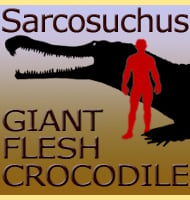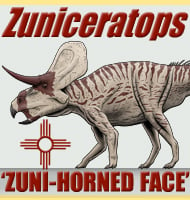In Depth
As a hyaenodontid creodont, Sinopa is considered to be a relative to the much more famous Hyaenodon. Like with this genus, the current known distribution of Sinopa fossils suggest that it had a distribution stretching from North Africa to North America, though the vast majority of Sinopa fossils are so far known in the United States. Like with others of its kind, Sinopa would have been a predator of other animals, though it seems to better adapted for hunting smaller prey through the undergrowth. The proportionately short creodont legs of Sinopa also suggest that it probably hunted by ambush rather than pursuit. This in turn is a reflection of the ecosystems of its time which would have been closer to dense growths and forests across most of the available landmasses, the perfect environment for such hunting strategy. The disappearance of Sinopa in the early Oligocene also coincides with a gradual shift in climate from the gradual loss of the forests and their subsequent replacement by more open grassy land. This in turn drove an evolutionary shift in new prey and predators that Sinopa and the other creodonts had problems dealing with.
There were once many more species of Sinopa registered but later study has found these to represent other existing species. At the time of writing the only conformed species of Sinopa are S. rapax, S. minor and S. ethiopica. S. ethiopoca is currently the only species of Sinopa from Africa, and is based upon the description of a mandible from the Gebel Qatrani Formation of Egypt.
Further Reading
– A Descriptive Catalogue of the Tertiary Vertebrata of Fayum, Egygt. – C. W. Andrews -1906. – The first species of Sinopa (Hyaenodontida, Mammalia) from outside of North America: implications for the history of the genus in the Eocene of Asia and North America. -Palaeontology 57(1):111-125. – M. Morlo, K. Bastl, W. Wu & S. F. K. Schaal – 2014.









